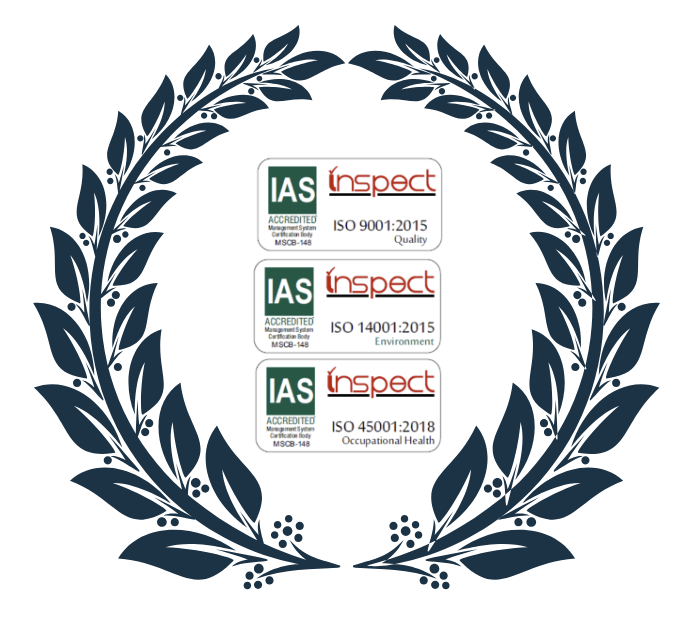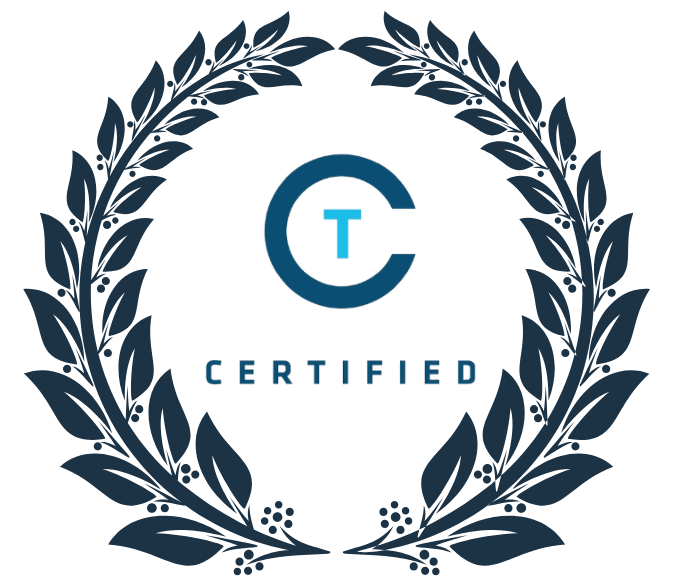
About Us
Navigator Shipping Company (NSC), founded in 2011 by Captain Tarek Shokri in Tripoli, offers comprehensive logistics solutions. Our experienced team excels in maritime operations and has strong ties with Libyan port authorities for efficient services. We provide flexible, tailored services to protect the interests of vessel owners and charterers, reinforcing our leadership in maritime logistics.
TRUSTED BY WORLD LEADERS
Download Our Brochure
Certifications
“Efficincy Speaks Volumes: Captain’s Thoughts on our Services”
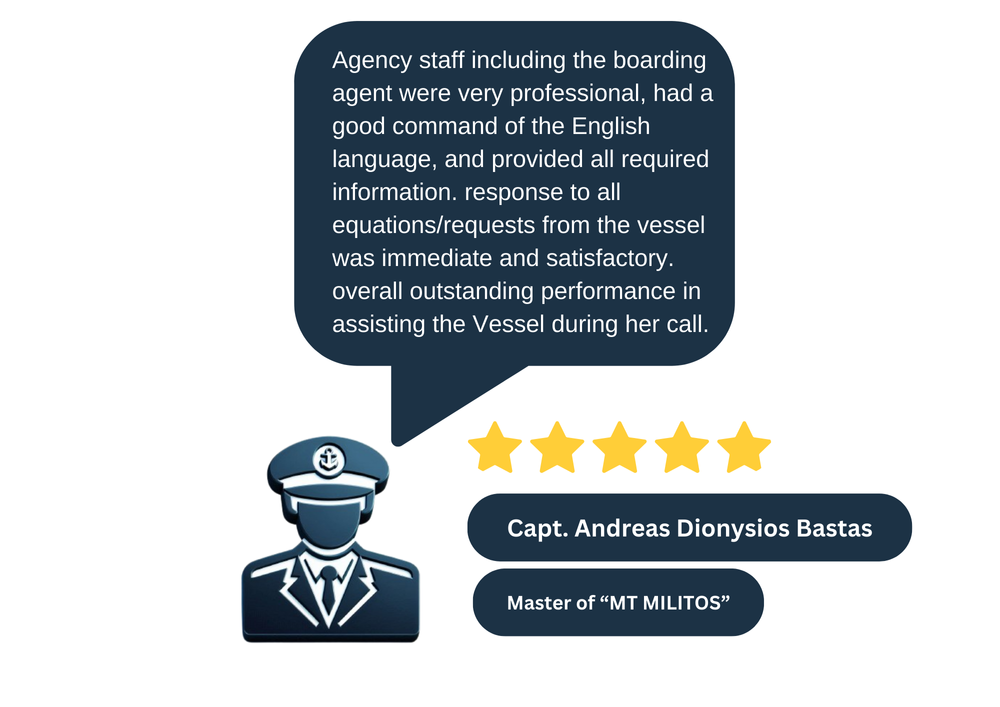
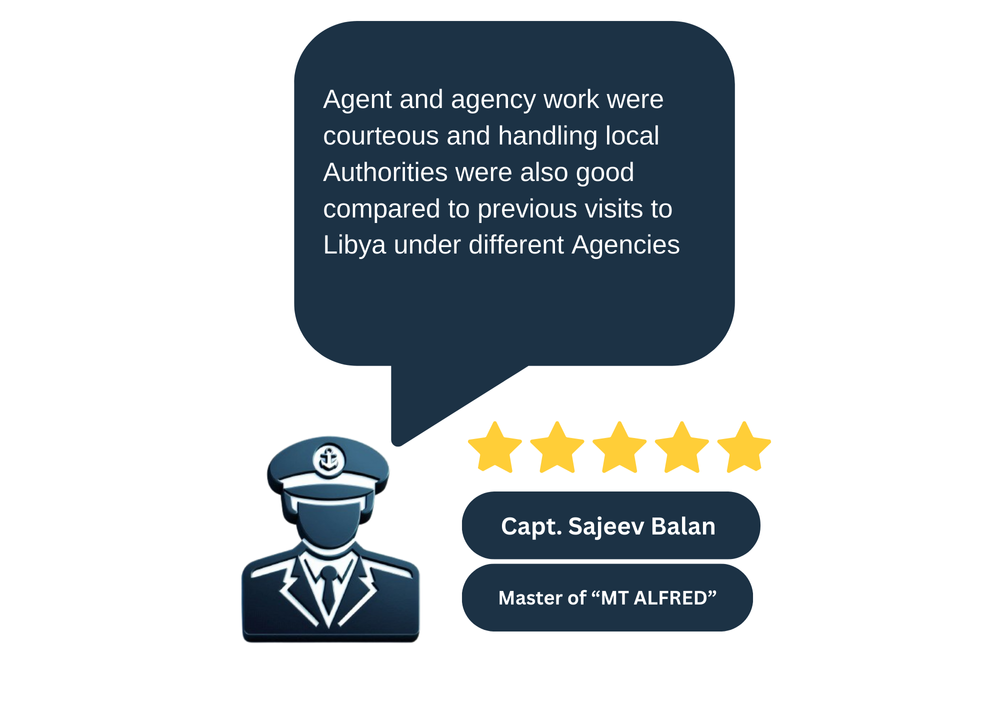

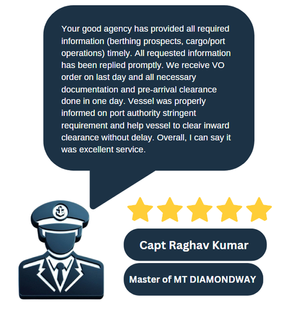
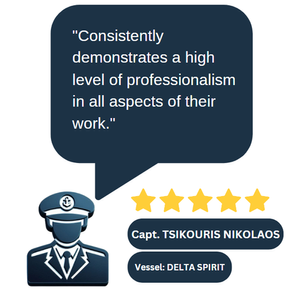
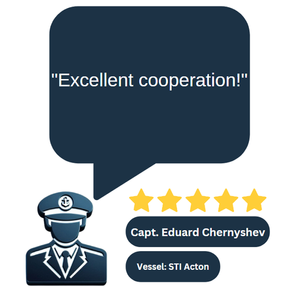

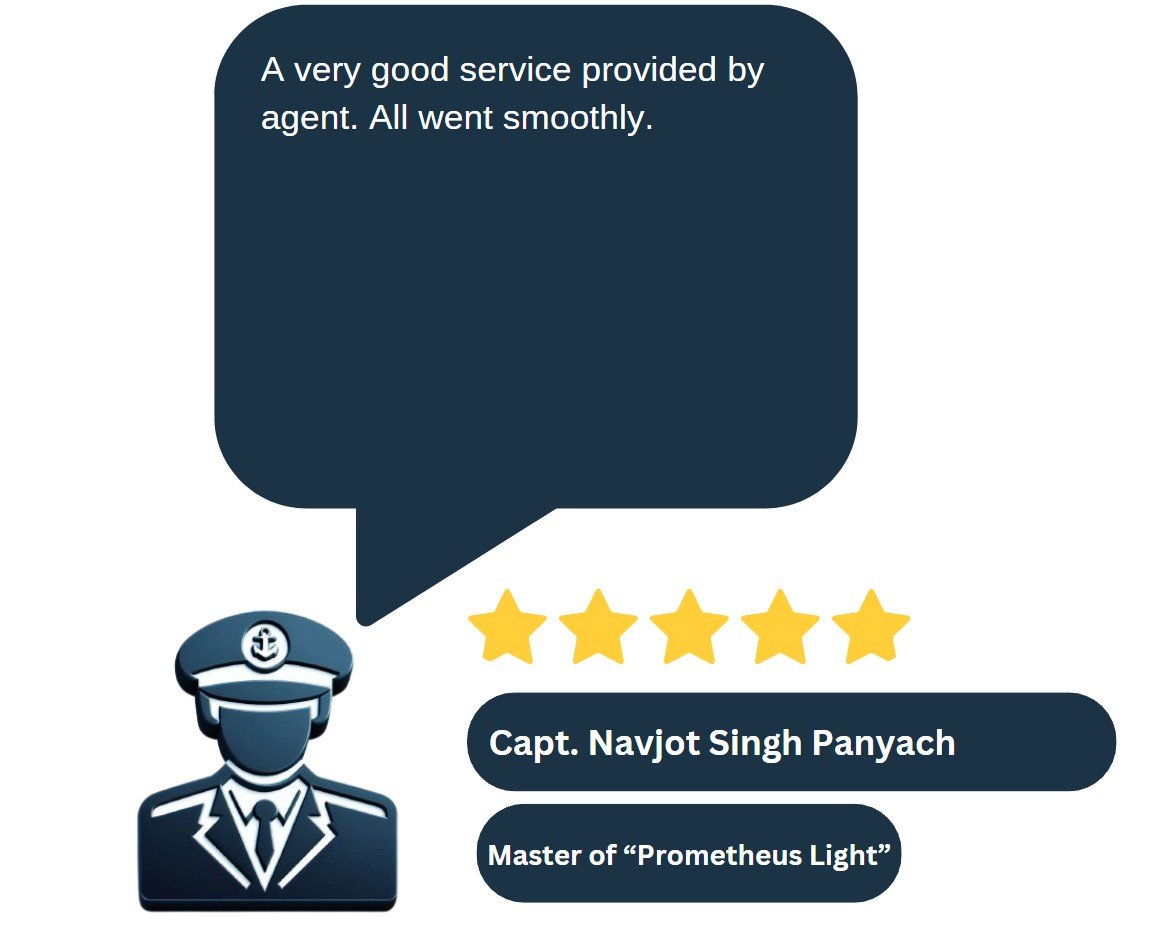

Local Expertise: Our experience in Libyan port operations ensures efficient management of shipping activities, addressing unique challenges for exceptional operational ease.
Complete Maritime Services: Navigator Shipping Agency offers cargo handling and customs management, making us the top choice for maritime needs in Libya.
Customer Commitment:We focus on our clients by maintaining clear communication and providing personalized service, ensuring we meet their specific needs with high professionalism.
Clear Operations and Cost Management: We prioritize transparency in our services, offering open communication to ensure clients get great value without hidden fees or surprises.
Innovative Problem-Solving: Navigator Shipping Agency takes action to handle and fix operational challenges. We follow a clear process to find and solve problems before they get worse, ensuring smooth port operations.
24/7 Support: Clients have constant support from a dedicated team, ensuring quick responses and efficient port operations.
Why Navigator Shipping Agency in the Top Choice in Libyan Ports
Marsa El Brega Office
Inside Marsa El Brega Harbour.
Tel: +21-86-122-30216
EXT: 36248
Tripoli Main Office
Hay Alandalous next to Al Razi hospital, (Tripoli, Libya).
Tel: +218-21-3660138
+218-21-3660139
+218-21-3660140
Misurata Office
Office no 6, 3rd Floor, Al jabo Building, Near Misurata Port,
Misurata – Libya.
Tel: +218-51-274-0063
Fax: +218-51-274-0063
Tobruq Office
Burj issa ,9th Floor,Flat(17), Near Cultural Centere, Tobruq – Libya.
Tel: +218-62-762-3655
Fax: +218-62-762-3655
Benghazi Office
Jamal Abdel Nasser Str.,
Millitary Accounts Complex, 1st Floor, Office no. 102 Benghazi-Libya.
Tel: +218-61-473-8894
Fax: +218-61-473-8894
Hours
24 / 7 All weekdays
Fax
00(218)214775501
Phones
Tel: +218-21-3660138
+218-21-3660139
+218-21-3660140
info@navigator.ly
Main Office Location
Offices Locations







